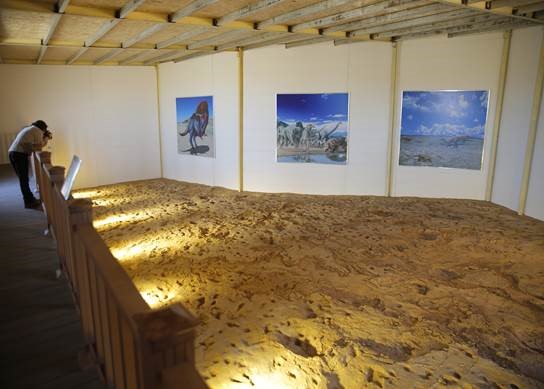
Cultural heritage refers to the collective social expression of a community, both tangible and intangible, generally handed down by tradition or through some historical association. There are two main work streams under the OT Cultural Heritage Management Plan.
1. Cultural Heritage Management System
Our Cultural Heritage Management System contains all processes and procedures to protect cultural heritage in all stages of Oyu Tolgoi’s operations. It includes:
- Cultural heritage preliminary reviews and assessments
- Cultural heritage site protection plans
- Training and inductions
- Information and data management (including the CH GIS)
- Land disturbance permits
- Monitoring and evaluation of cultural heritage sites
- Chance Finds procedure.
2. Cultural Heritage Programme
We recognise and respect local people’s lifestyle, customs, traditions, cultural heritage and values. A cooperation programme with local stakeholders and research institutions was developed in 2010 to help conserve, protect and promote local cultural heritage. Cultural heritage management is also reflected in the Cooperation Agreement with Umnugovi aimag. View the Oyu Tolgoi Cultural Heritage Programme report here.
Shar Tsav and Khurdet cave cultural heritage protection and tourism project:
This project aims to protect cultural heritage sites in an area called Shar Tsav in Manlai soum, Umnugovi aimag, where over 18,000 footsteps of 4-5 different species of dinosaurs were discovered, and in the Khurdet cave in Khanbogd soum, where 32 groups of Mongolian, Tibetan, Chinese scriptures of early period of 18th-20th century were found. The project was initiated by Oyu Tolgoi LLC and implemented by the Society for Protection of Paleontological Findings, with MNT413 million funding by the Gobi Oyu Development Support Fund. By protecting Shar Tsav and the Khurdet cave heritage sites, we will be able to pass down our local heritage to younger generations, establish responsible tourism infrastructure and contribute to the sustainable economic growth of the local communities.

Leave a Reply
You must be logged in to post a comment.